German exports dropped -8.0% yoy to EUR 106.1B in June. Imports dropped -4.4% yoy to EUR 89.3B. Trade surplus came in at EUR 16.8B. In calendar and seasonally adjusted, trade surplus narrowed to EUR 18.1B.
After Federal Statistical Office’s release, German Chamber of Industry and Commerce (DIHK) warned that export cannot do more to the economy in the second half. Ending the year with a “weak zero” growth in export is already a “success”.
Foreign trade chief of DIHK,Volker Treier, said “increasing protectionism and a noticeably weakening global economy are placing a direct burden on the export-strong German economy”. In particular, “US trade conflict with China and the tenacious struggle for Brexit are unsettling investors worldwide – and are clouding prospects, especially for the many German capital goods producers.”
And, “if we were to end the year with a weak zero – and thus with the worst result since the financial crisis – that would be a great success considering the conflict-laden and crisis-ridden global economy.”




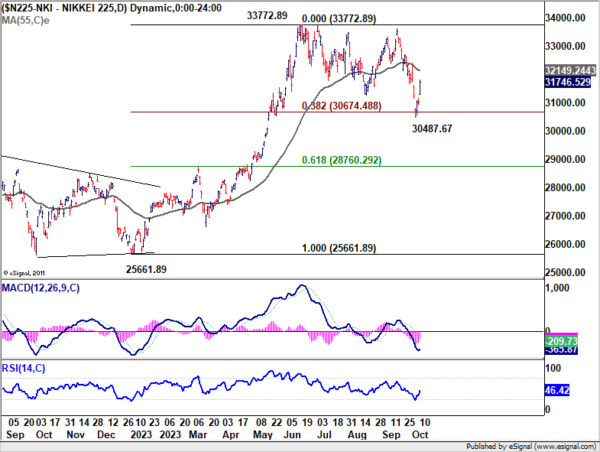
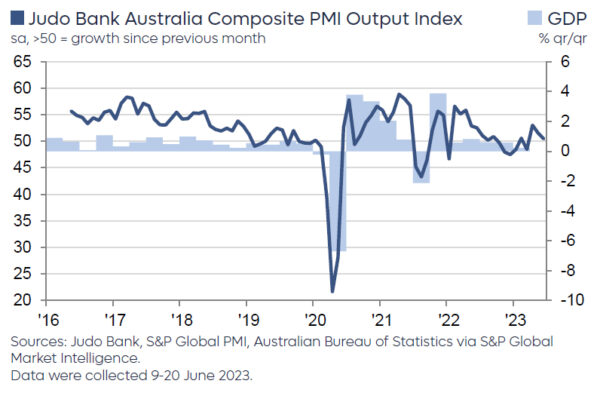
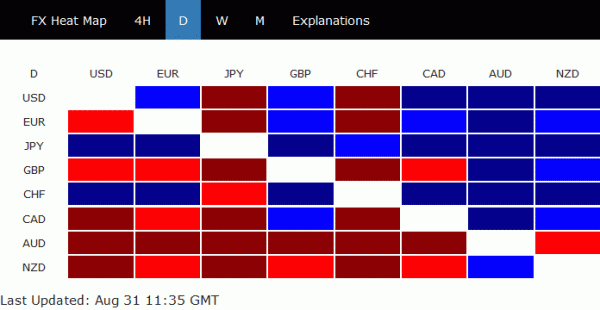
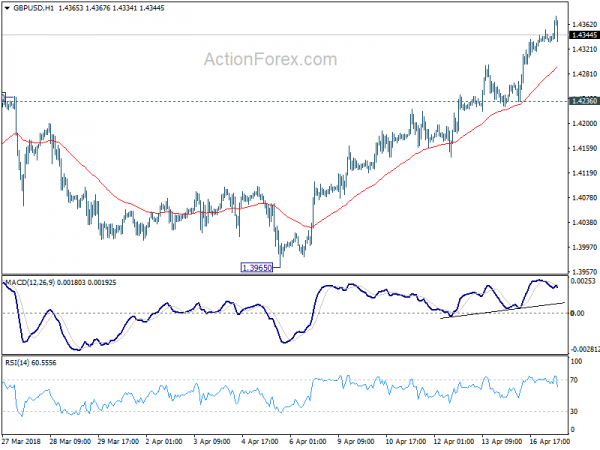
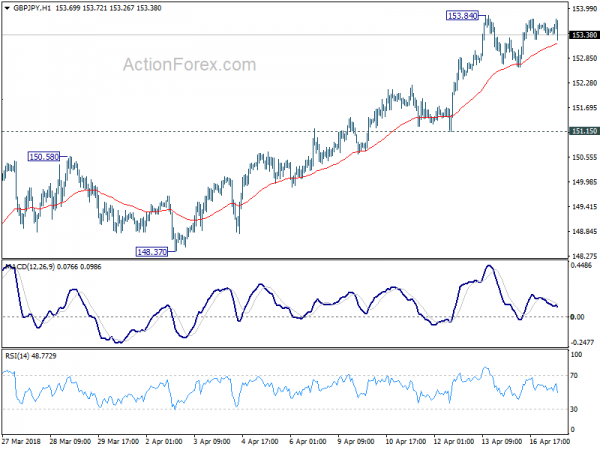
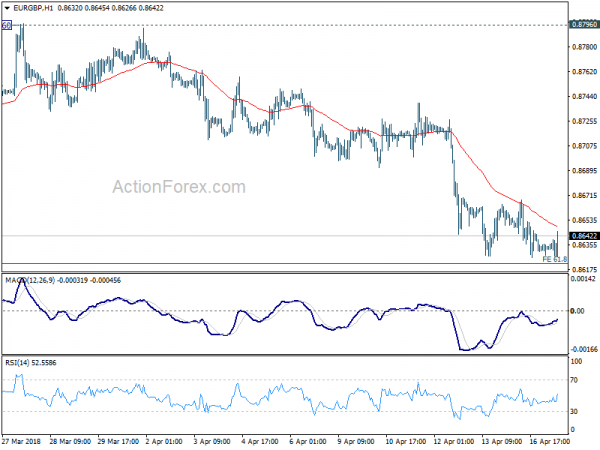
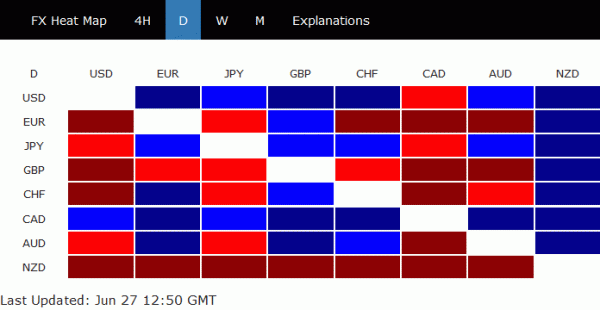
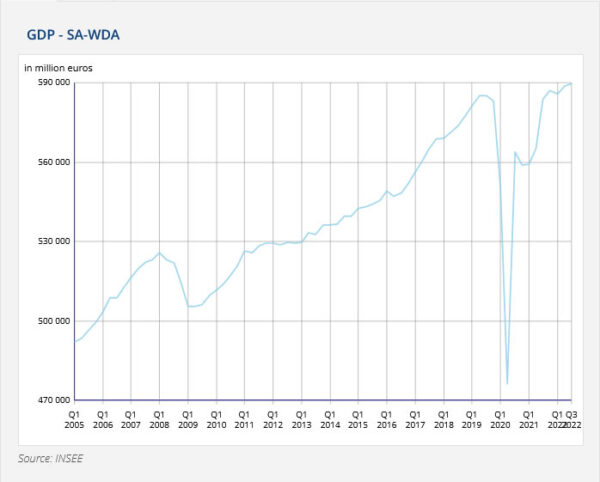

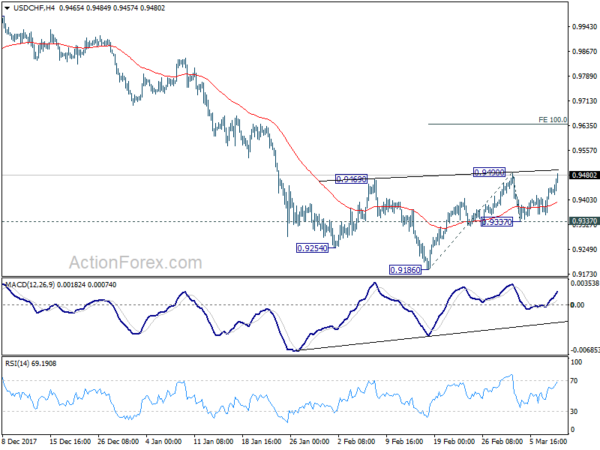
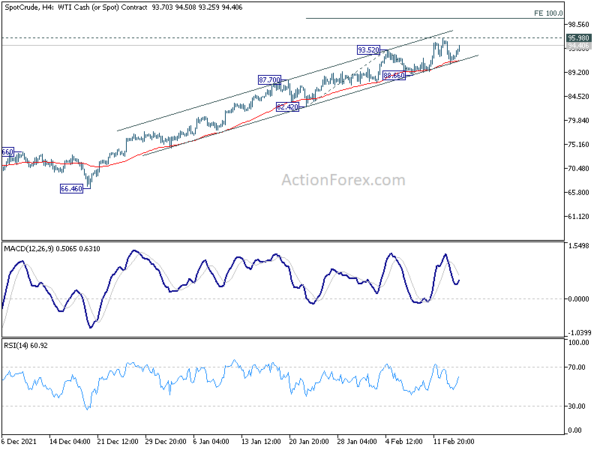
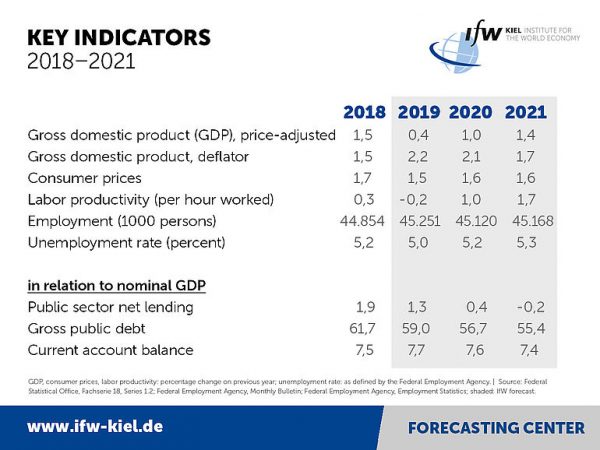
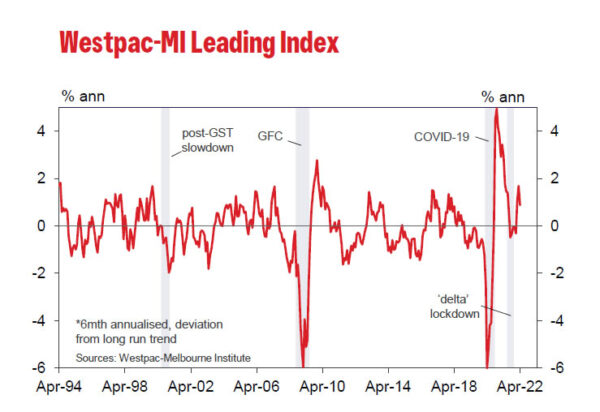



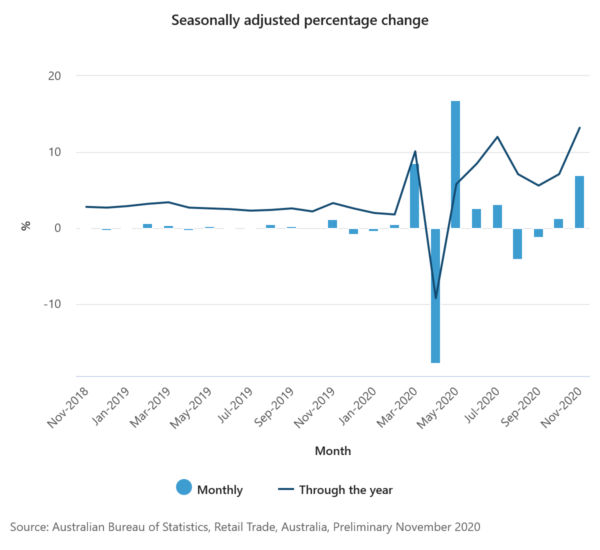
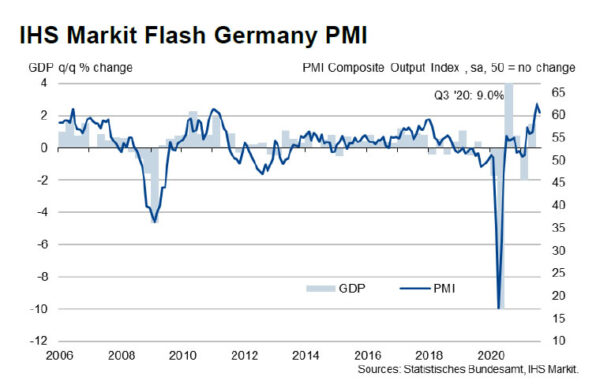
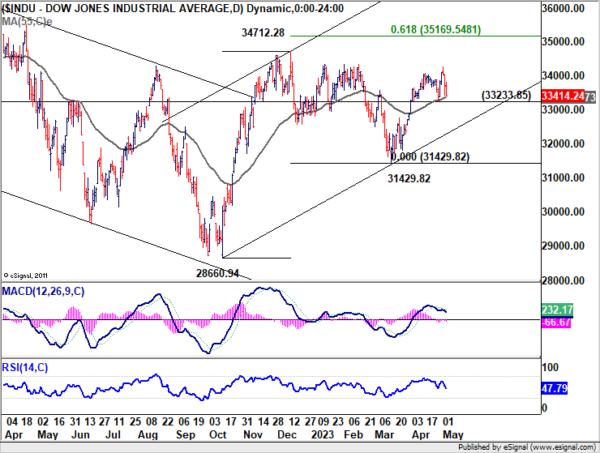
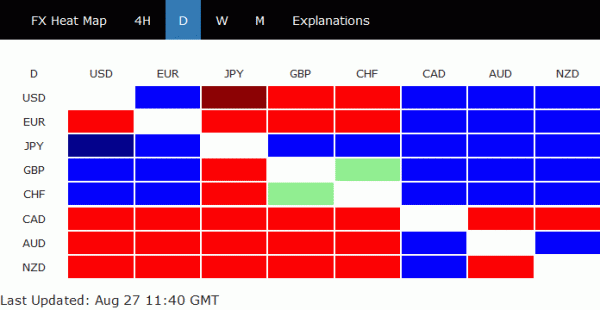
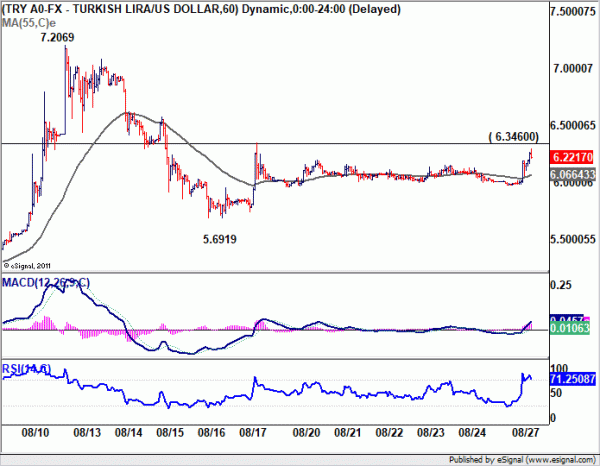

US oil inventories rose 15.2m barrels, WTI range bound below 30
US commercial crude oil inventories rose 15.2 million barrels in the week ending April 3, much higher than expectation of 9.8 million barrels. At 484.4 million barrels, inventories are about 2% above the five year average for this time of year.
WTI crude oil recovered to 30.65 last week but turned sideway since then. Traders are holding their bets await OPEC++ meeting on production cut. Technically, price actions from 20.40 are seen as a corrective move. Stronger rebound could be seen to 38.2% retracement of 65.38 to 20.40 at 37.58. We’d expect strong resistance from there to limit upside, at least on first attempt. However, sustained break of 4 hour 55 EMA (now at 26.8) will suggest that the corrective recovery is finished and bring retest of 20.40 low.